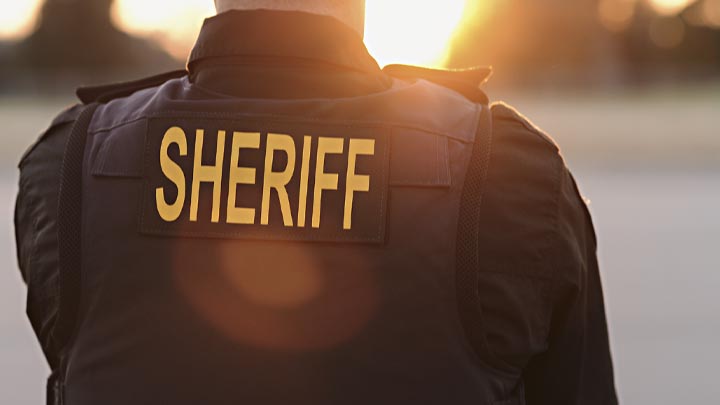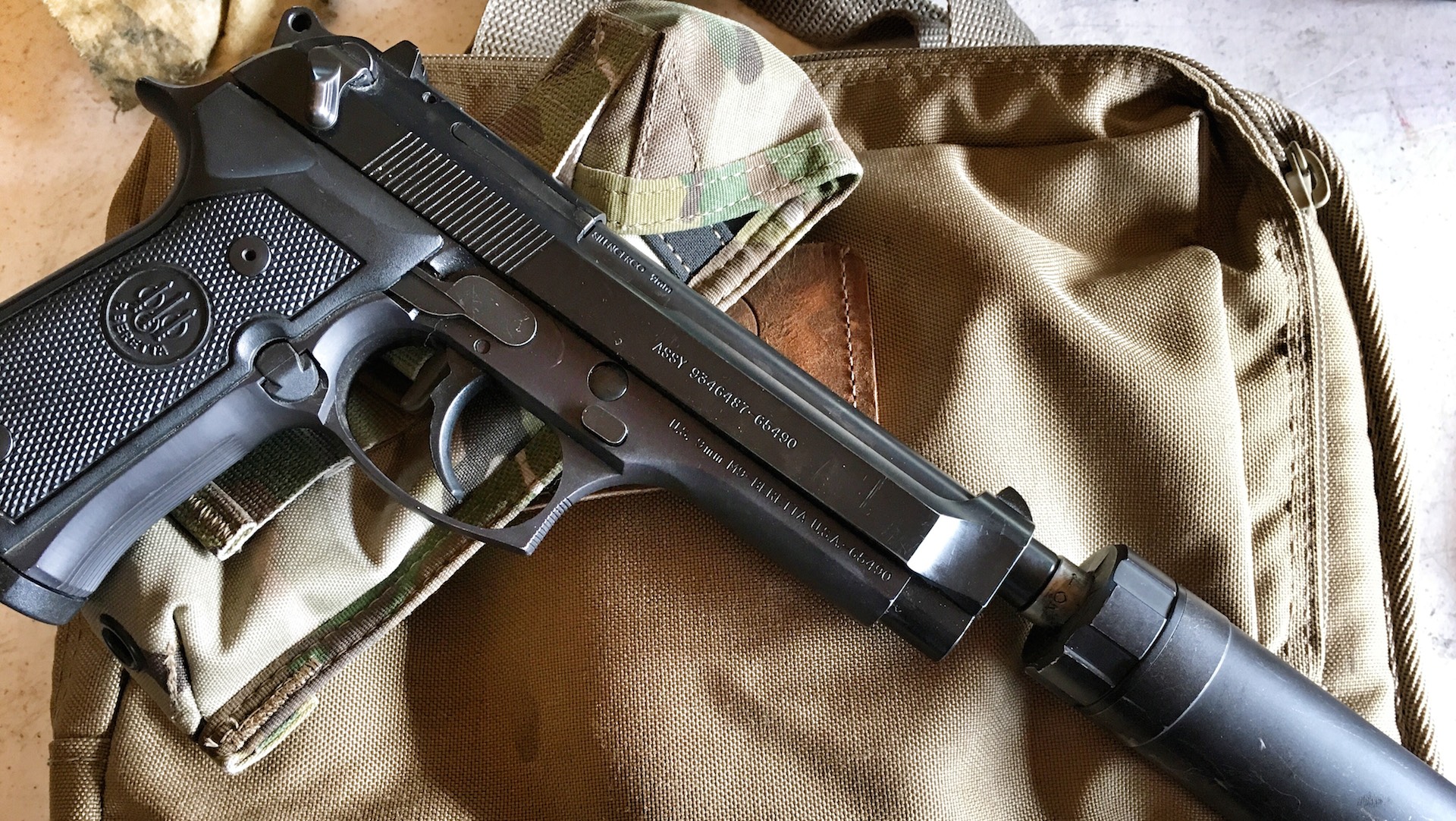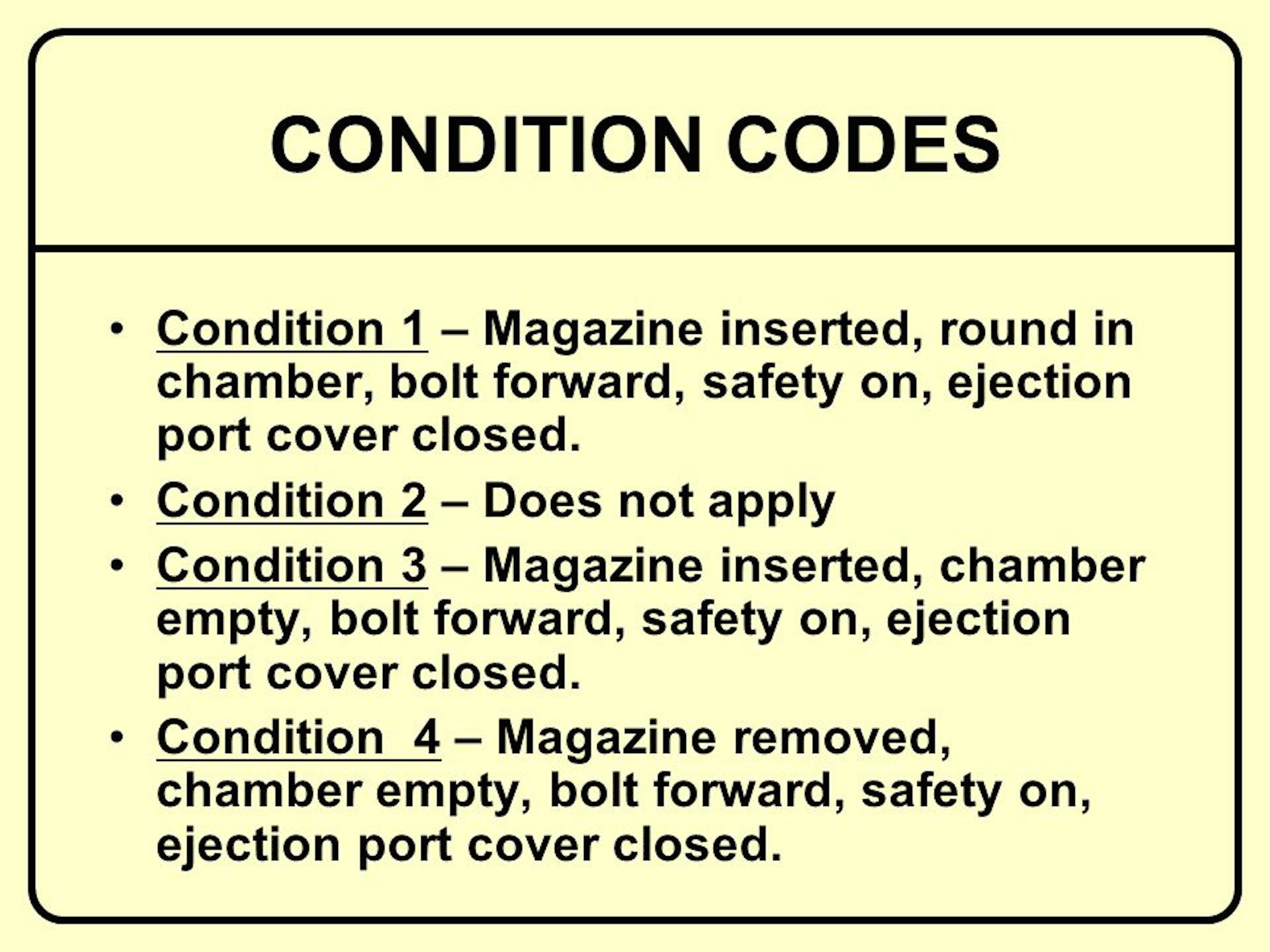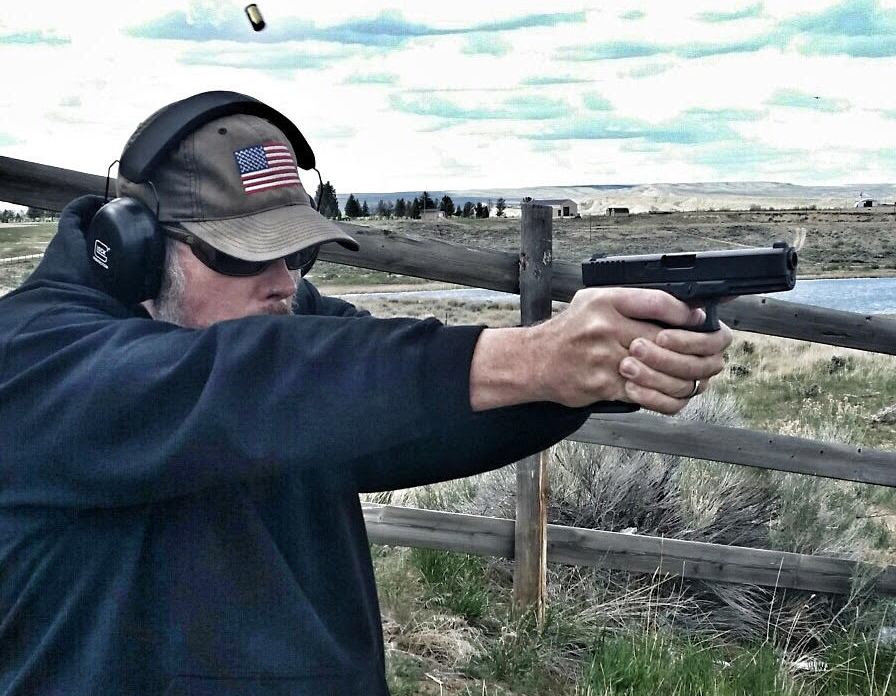Navigate This Post

[memb_include_partial id=15899]
Editors Note: This article was originally written for Officer.com
More than twenty years ago I recall one of my firearms instructors saying something that still sticks with me. He said, “There are two kinds of shooters, those who’ve had an ND and those who will.”. At the time some of the other students scoffed. Followed by them making comments about it not ever happening to them or only ‘untrained’ people having them. The more you handle firearms the greater the likelihood that one will go ‘bang’ when you didn’t want it to. You can’t deny it when statistically speaking. That’s not an excuse to handle firearms recklessly. It’s simply a statistical probability.
It is also true that familiarity breeds contempt. The more that people handle firearms the more comfortable they become. Even to the point of being blasé about how where they are pointed and handled.
If we really start to split atoms you could legitimately say that Negligent Discharges can take the form of either simple negligence or reckless and gross negligence. In the span of less than five days two of my acquaintances have had negligent discharges. One resulted in the death of another person. The other simply ended up with a round in the berm down range.
Post-Incident Considerations
After a negligent discharge occurs the worst thing we can do is simply say “Sh*t happens” and move on. That kind of attitude is in itself negligent. Just as the Federal Aviation Administration investigates airplane crashes to determine the cause and try to prevent that cause in the future, so must we as responsible trainers and professional gun carriers coldly examine what led up to the ND in question. Cops don’t refer to automobile collisions as “accidents” we call them “crashes” because rarely was it a true accident; 99 times out of 100 something could have been done to prevent the crash.
If the ND did not result in an injury the event is typically handled with departmental discipline. As well as ribbing from one’s peers. The responsible shooter is embarrassed like never before. It’s only after an injury that serious post-shooting investigation takes place. Any time a gun goes ‘bang’ when it wasn’t supposed to we should seriously examine the situation while being quietly relieved if someone wasn’t injured. Calling the guy a “dumbass” or similar derogatory term, while possibly appropriate, doesn’t prevent it from happening again.
Practicing to Fail?
As professional trainers and firearms carriers we need to consider whether our training and ingrained gun handling habits have led to or are likely to lead to a negligent discharge. While it is true that there have been ND’s when the person had a gun in hand and was preparing to fire, but hadn’t yet made the decision, the majority of ND’s occur during “administrative” gun handling.
Think about it. Do shooters have negligent discharges when they have a gun in hand and are planning to shoot? The answer is; most likely not. ND’s most often occur during the loading and unloading or ‘non-fighting’ related tasks. If you are willing to accept the premise that the majority of unintentional discharges occur when people are simply “handling” the gun then you must ask yourself, how often do you want them to handle it?
Institutionalized gun handling practices that require shooters to constantly load, then unload, and load their firearms, often multiple times in one day statistically force the chances of a negligent discharge.

Consider the pistol. Unless the gun is somehow mechanically defective it cannot go off when carried in a designated holster. However, there are agencies, departments, and organizations that force shooters to remove safely carried, loaded pistols from the holster and ‘handle’ them to clear or unload them for benign reasons, such as entering a building. No I’m not talking about jails or prisons. Save your letters.
Clearing Barrels
I’ve witnessed training programs that required shooters to show clear, then load, then unload, then load again multiple times in one single live-fire training evolution. Officers who are trusted to carry a loaded firearm on duty day in and day out are forced by regulation to handle their guns in a non-fighting manner to “clear” them before entering this building or that. (STOP: I know you don’t want loaded guns inside most classrooms where Force on Force is going on. Quit looking for excuses and stick with me.)
I once arrived at a law enforcement range that had a clearing barrel. It was next to the gate of the chain link fence. Those arriving to conduct Live Fire training were advised per signage to stop. They then had to unload their guns. Lastly, they were to proceed with empty guns down the sidewalk to the shooting range. Once they were standing on the range they could reload their guns. I wish I was kidding.
Speaking of clearing barrels, while working as a Military Contractor and teaching small arms and tactics to troops, a senior non-commissioned officer arrived at our training range and noted that we did not have a clearing barrel. This Non-Comm was very concerned by our lack of clearing barrel and suggested that we take steps to get one installed. Nevermind the fact that we were on a military live-fire range with ample dirt berms everywhere.
No Clearing Barrel
Because I am that guy, I asked the Non-Comm whether or not the student troops would be disciplined if they fired off a live round into said clearing barrel. “Well, I would certainly think so.” was his reply. To that, I offered that we could hand out the same discipline if they ND’d their firearms into the ground or dirt berms that surrounded us. No clearing barrel was installed.

Weapons Condition Codes and Institutionalized Stupidity
The absolute worst violators are the “Weapon Condition Codes” people or other institutional military nonsense. Condition 1 designates a chambered round. There is Condition 3, which is an empty chamber but loaded magazine. Lastly, Condition 4 is for an unloaded firearm. (Condition 2 dealt with firearm that had a half-cock option). When you start forcing shooters to vary the condition code their gun is in you truly set them up for failure.
You cannot trick the mind into thinking something that is not. If men are forced to carry unloaded or half-loaded guns they will treat them that way. Loaded guns are the safest because people treat and handle them with respect. Have you ever heard, “It’s okay, the chamber is empty.”?
On paper Condition Codes seem reasonable and a logical way to ensure “extra” gun safety. However, what happens in the real world is you have troops who have no idea from day to day, minute to minute what condition their gun is in. Condition 3 trains shooters to treat guns like they are extra safe. Therefore they don’t need to be as conscientious as they would be with a truly loaded firearm. I’ve seen shooter after shooter draw a pistol and attempt to fire only to get a ‘click’ because they forgot to chamber a round. On the other end of the spectrum, a pistol was fired into the ground two feet from my head (I was seated and the shooter standing) because the shooter thought the chamber was empty.
Parting Thoughts
You will note that I have not even mentioned or related the Universal Firearms Safety Rules. After every ND, the offender and their peers are made to recite the Safety Rules as if they were Catholic school children being disciplined with “Hail Marys” or “Our Fathers”.
Folks, we cannot just recite the Universal Firearms Safety Rules like some kind of mantra. Reciting it is not going keep us free from negligent discharges. If you keep forcing people to handle loaded guns out of some spastic need to seem extra safe or simply due to institutionalized stupidity, negligent discharges will continue to occur.
If a person is untrained and demonstrably unsafe or reckless with a firearm, don’t give them one. Not every person on planet Earth can or should be a gun carrier and that’s okay. However, if your shooters are in fact trained and trusted to go out amongst the public with loaded firearms stop forcing them to handle their guns when there really is no need to do so.
Forcing cops and other gun carriers to perform some kind of kabuki dance where they are constantly handling their guns in a non-shooting fashion is setting them up for failure. We are either armed and prepared to face deadly threats or we are not. Antiquated Weapon Codes and the Clearing Barrel Mentality will eventually lead to mistakes and sometimes tragedy.
Join our Free Forever Membership and gain instant access to our 7 Training Tips That Could Save Your Life course and select premium articles.
JOIN FREE: Click Here for Complimentary Access
Professor Paul Markel
Latest posts by Professor Paul Markel (see all)
- Tactical Masturbation: Top 3 Stupid Human Tricks - July 8th, 2024
- Blood Trail: Fearless Fiction - June 21st, 2024
- SOTG and SB Tactical Celebrate Brace Ruling - June 20th, 2024
- Shotgun Accessories: Practical and Useful - June 14th, 2024
- Tactical Rifle Tips: Transition Drills - January 5th, 2024







Recent Comments